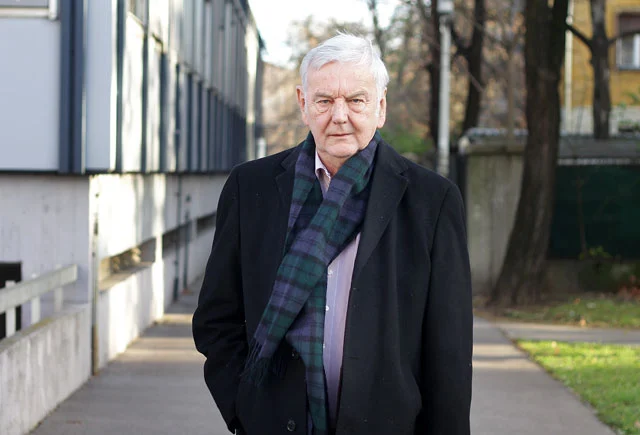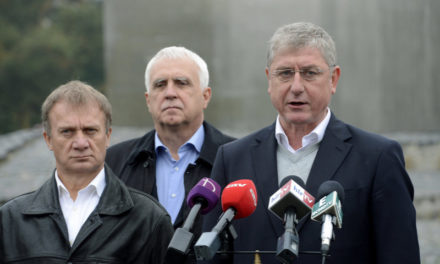We celebrate the day of independent Hungary in memory of the execution of the martyrs of the 1956 revolution and freedom struggle on June 16, 1958, and the withdrawal of the Soviet troops in June 1991. On the occasion of the memorial day, Híradó.hu spoke with historian Sándor M. Kiss, scientific director of the Institute and Archives for Researching the History of Regime Change.
Sándor Kiss talked about the fact that when General Silov, the last Soviet soldier, left Hungary, we practically became free. According to the historian, the Hungarian people have three values: national independence, including individual freedom, the development of property relations, and the right to religion. These three are realized together, he added.
One of the slogans was "Ruszkik haza!", the other: "Let the ÁVÓ be destroyed!"
- drew attention to the historian, emphasizing that the first refers to independence, the second to anti-dictatorship. He emphasized: with the withdrawal of the Soviets and the change of the system, the former were realized.
Sándor Kiss recalled that in 1958 - when Imré Nagy was executed - he was 15 years old and was on vacation with his grandfather. He recalled that he went out to Blaha Lujza tér every morning to buy the daily newspaper and, together with others, was shocked to see the front page of June 16, on which he was confronted with the death of Imre Nagy.
Imre Nagy's symbolic value surpasses his political mentality, he pointed out, adding that the Kádárs made national martyrs out of Imre Nagy and his companions - Pál Maléter, Miklós Gimes.
The former prime minister and his companions were sentenced to death by the People's Court Council of the Supreme Court. Imre Nagy had the right to the last word and said: he considers the death sentence unjust and cannot accept it, but he did not ask for mercy.
The historian drew attention to the fact that Imre Nagy's name was known both at home and abroad, so he was able to symbolize freedom, but what his image of democracy was like is secondary. The execution of Imre Nagy and his companions stood out from the series of Kádár reprisals - which only ended in 1961 - he added, emphasizing that the other execution that caused such shock was that of Ilona Tóth in June 1957.
Sándor Kiss explained that those who were executed under the Rákosi regime were buried in plot 298 of the Új Köztemető, and those executed in 1956 in plot 301. Plot 300 is the resting place of those who were part of 1956 but survived it, so it has a symbolic value, he added.
Generations must definitely be reminded of what happened to us - declared the historian, who said that the process of system change already began in the 1970s, when the communist empire began to weaken due to economic and political reasons. That is why the Soviet Union began to pursue a different policy, and negotiations on withdrawal began, with which the Hungarians wanted to lose as little as possible.
Source: Hungarian Nation
Featured Image: MH












